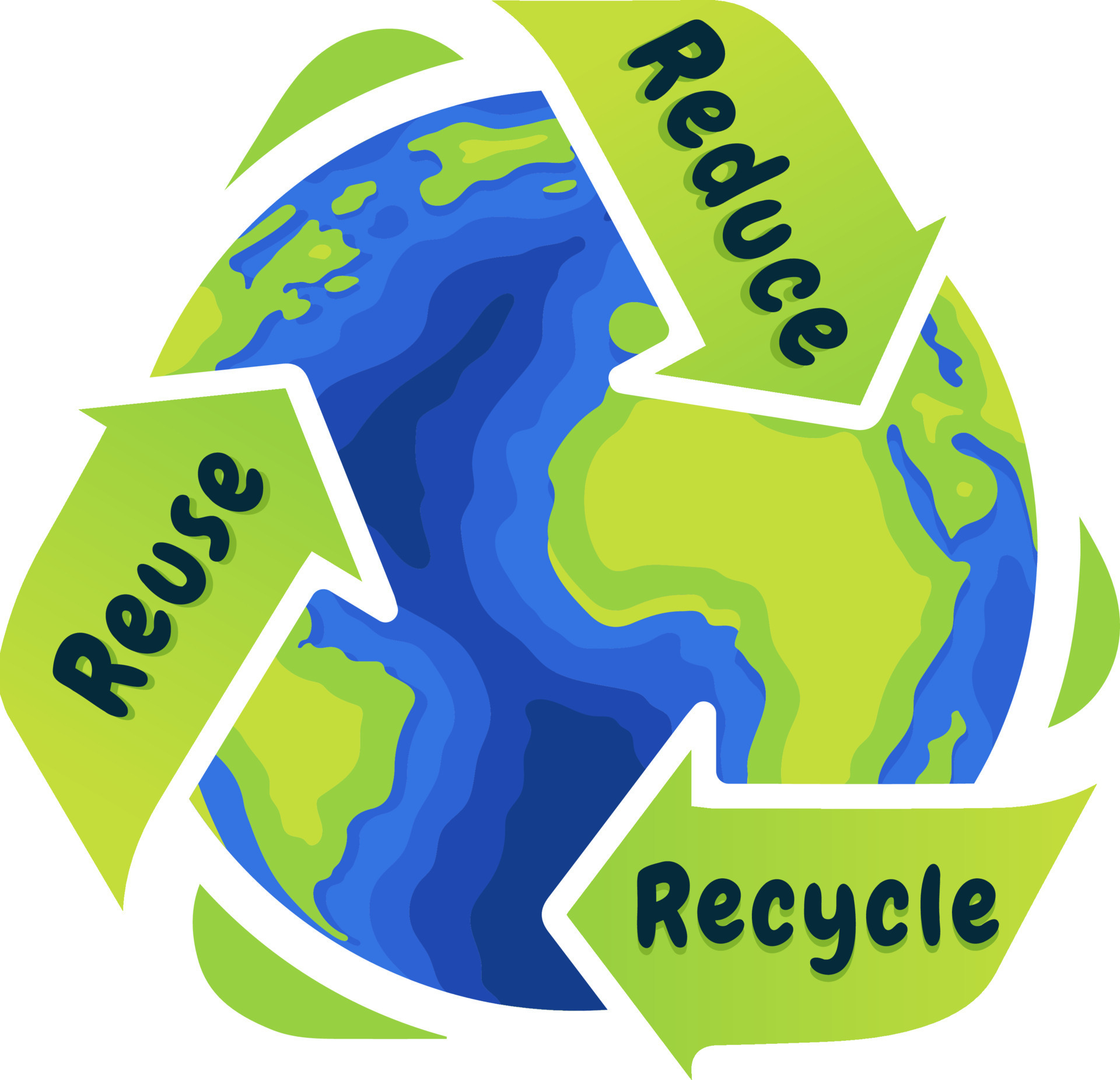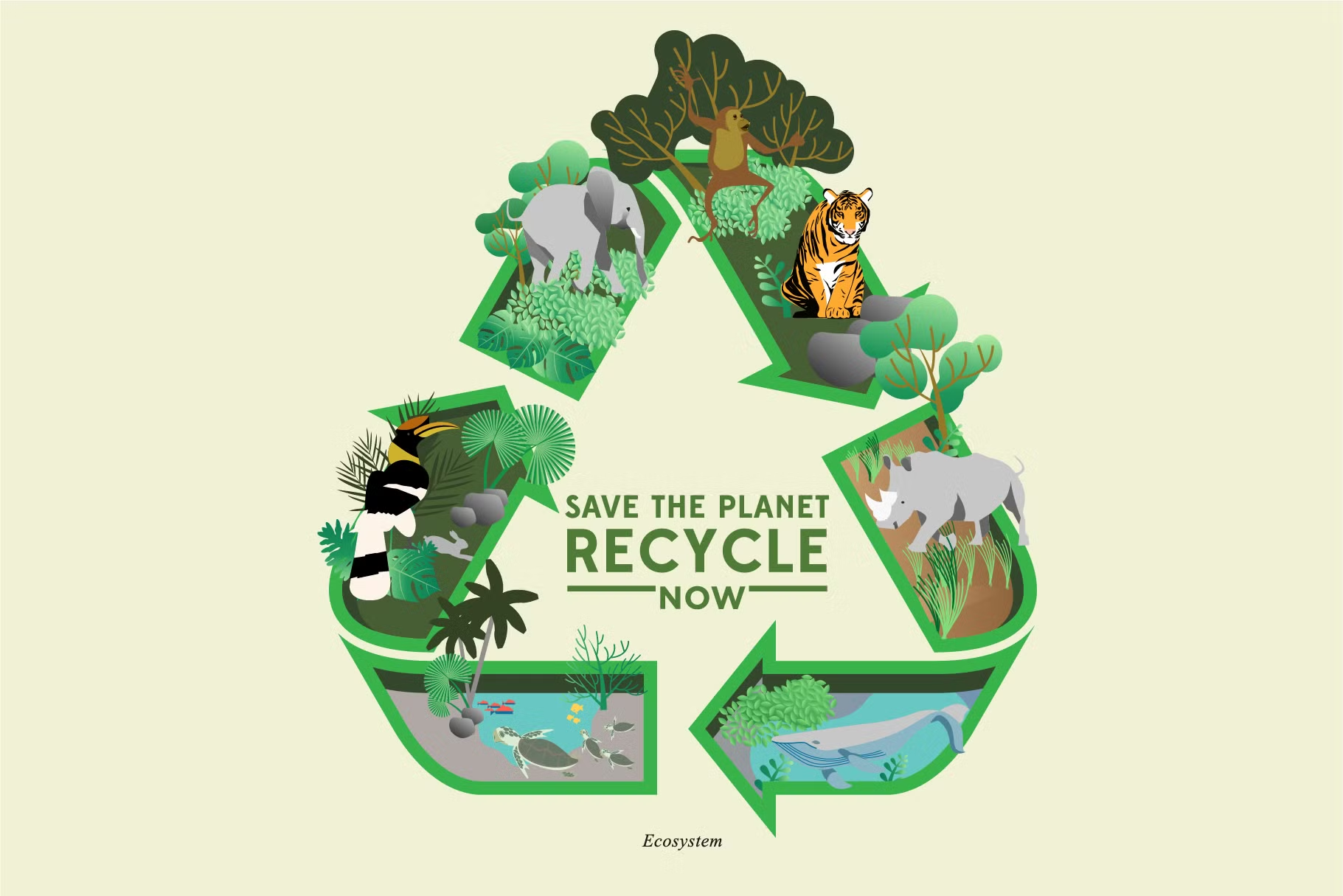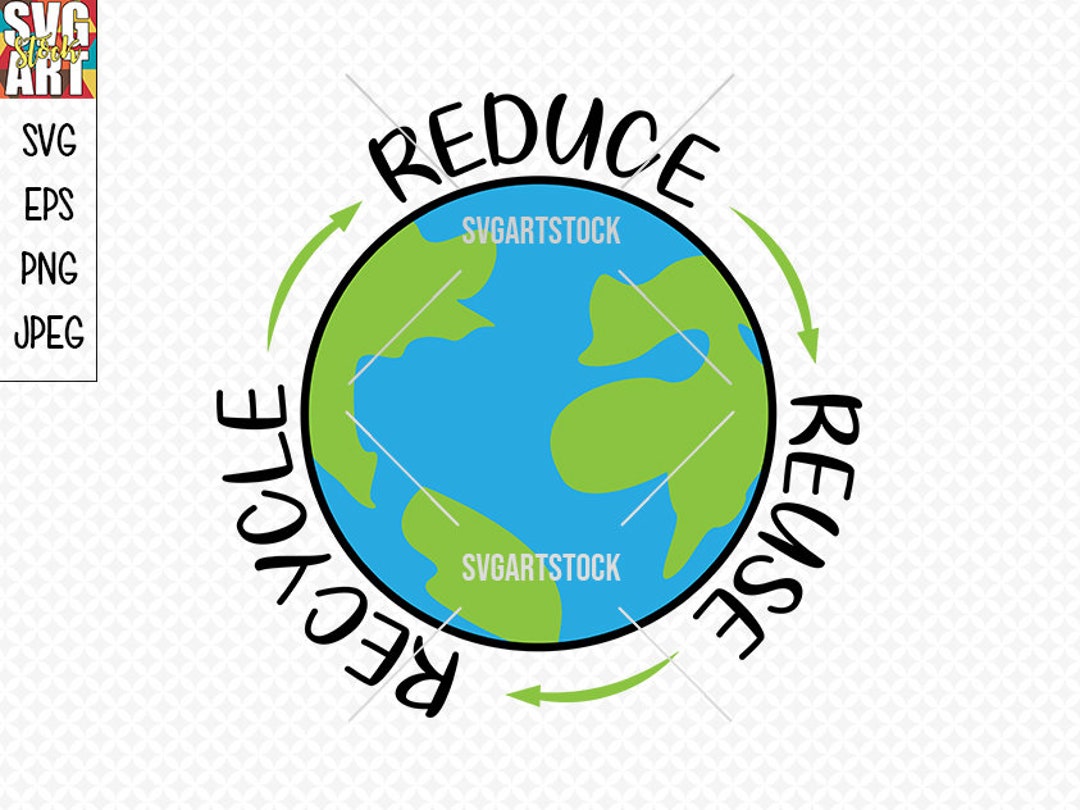Embrace The Reuse Planet: A Blueprint For A Sustainable Future
In an era defined by environmental urgency, the concept of a "reuse planet" isn't just an ideal; it's a critical pathway to safeguarding our world for generations to come. Every choice we make, from the products we buy to the waste we generate, contributes to the health of our planet. Understanding and actively participating in the principles of reuse is not merely an eco-friendly habit; it's a fundamental shift in how we interact with resources, offering profound benefits for both the environment and our personal finances.
This article delves deep into the transformative power of reuse, exploring its core principles, tangible benefits, and practical applications in our daily lives. We will examine how embracing a reuse mindset can lead to significant reductions in waste, conserve precious natural resources, and even stimulate economic growth. Join us as we uncover the vital role each of us plays in fostering a truly sustainable "reuse planet."
Table of Contents
- Understanding the "Reuse Planet" Philosophy
- The Core Principles of a Circular Economy
- The Environmental and Economic Imperative to Reuse
- The Waste Hierarchy: Prioritizing Reuse
- Practical Steps for a Reuse Planet: What You Can Do
- Beyond Products: The Role of Water Reuse
- Policy and Progress: EPA's Commitment to Reuse
- Building a Reuse Planet: A Collective Responsibility
Understanding the "Reuse Planet" Philosophy
The "reuse planet" philosophy is fundamentally about maximizing the lifespan and utility of materials and products, rather than discarding them after a single use. It's a proactive approach that challenges the linear "take-make-dispose" model of consumption. At its heart, reuse is about seeing value in what might otherwise be considered waste and finding innovative ways to give items a second, third, or even fourth life. This mindset shift is crucial because, as the data consistently shows, **reduction and reuse are the most effective ways you can save natural resources, protect the environment and save money.** This principle extends beyond simply using a reusable shopping bag. It encompasses repairing broken items, repurposing old furniture, refilling containers, borrowing instead of buying, and even sharing resources within communities. It's about designing products for durability and repairability, fostering systems that support product longevity, and educating consumers about the profound impact of their choices. A true "reuse planet" is one where waste is minimized, resources are cherished, and environmental impact is significantly reduced.The Core Principles of a Circular Economy
The concept of a "reuse planet" is inextricably linked to the principles of a circular economy. Unlike the traditional linear economy, which follows a path of extraction, production, consumption, and disposal, a circular economy aims to keep resources in use for as long as possible, extract the maximum value from them whilst in use, then recover and regenerate products and materials at the end of each service life. This model is designed to eliminate waste and pollution, circulate products and materials, and regenerate natural systems. The U.S. Environmental Protection Agency (EPA) is a significant proponent of this shift, actively working towards a circular economy for all. As stated by the EPA, "Learn what a circular economy is and more about our work here." Their efforts highlight that a circular economy is not just about recycling, but about a holistic approach that prioritizes prevention and reuse. It involves:- **Designing out waste and pollution:** Creating products and systems that minimize waste from the outset.
- **Keeping products and materials in use:** Through repair, reuse, refurbishment, and remanufacturing.
- **Regenerating natural systems:** Returning valuable biological materials to the earth safely.
The Environmental and Economic Imperative to Reuse
The urgency to adopt reuse practices stems from both pressing environmental concerns and compelling economic advantages. Our current consumption patterns are unsustainable, depleting finite resources and generating vast amounts of waste that pollute our land, air, and oceans. However, the good news is that shifting to a reuse-centric model offers tangible benefits that extend far beyond environmental protection.The Hidden Costs of New Production
One of the most compelling arguments for reuse is the significant environmental burden associated with creating new products. As the data points out, "Making a new product requires a lot." This "lot" includes:- **Resource Extraction:** Mining raw materials, logging forests, and drilling for oil are energy-intensive processes that often lead to habitat destruction, water pollution, and greenhouse gas emissions.
- **Manufacturing:** Factories consume vast amounts of energy, often derived from fossil fuels, and can release pollutants into the air and water.
- **Transportation:** Moving raw materials to factories and finished products to consumers requires extensive shipping, leading to further emissions.
- **Waste Generation:** The manufacturing process itself often generates significant industrial waste, adding to the overall environmental footprint.
Economic Gains from Reuse Activities
Beyond environmental savings, the economic benefits of reuse are substantial and often underestimated. The act of reusing, repairing, and repurposing creates jobs and stimulates local economies. A significant study highlighted in the provided data underscores this point: "The study found that in a single year, recycling and reuse activities in the united states accounted for, 681,000 jobs, $37.8 billion in wages, and $5.5 billion in tax revenues." These figures demonstrate that a robust reuse sector is not just an environmental nicety but a powerful economic engine. It supports a diverse range of jobs, from repair technicians and thrift store employees to designers who repurpose materials and entrepreneurs who innovate new reuse models. Investing in a "reuse planet" means investing in local economies, creating sustainable employment, and fostering a more resilient economic future.The Waste Hierarchy: Prioritizing Reuse
To truly understand the importance of reuse, it's essential to grasp its position within the waste hierarchy. This hierarchy, often depicted as a pyramid, ranks waste management strategies from most to least environmentally preferred. At the very top, signifying the most desirable actions, are source reduction and reuse. As the data explicitly states, "The hierarchy prioritizes source reduction and the reuse of waste materials over recycling." This prioritization is critical. While recycling is valuable, it still requires energy and resources to process materials into new products. Reuse, on the other hand, directly extends the life of an item in its original form or with minimal modification, thus avoiding the energy and resource consumption associated with both new production and recycling. The hierarchy typically looks like this:- **Source Reduction (Prevention):** Not creating waste in the first place (e.g., buying less, choosing durable goods).
- **Reuse:** Using items again for their original purpose or a new one.
- **Recycling:** Processing materials to make new products.
- **Recovery (e.g., composting, energy from waste):** Capturing value from waste that cannot be reused or recycled.
- **Disposal (Landfilling/Incineration without energy recovery):** The least preferred option.
Practical Steps for a Reuse Planet: What You Can Do
Transforming into a "reuse planet" begins with individual actions. While systemic changes are crucial, our daily choices collectively create significant impact. The good news is that many reuse practices are simple to adopt and can even save you money. The EPA provides excellent "Tips on what you can do to reduce waste, reuse, and recycle at home, work, school, and in the community."Reducing Food Waste: A Key to Reuse
One area where reuse can have a massive impact is in preventing food waste. Food waste is a significant environmental and economic problem, contributing to greenhouse gas emissions and wasting the resources used to produce, process, and transport food. The data highlights the "Benefits of preventing wasted food at home ways to prevent wasted food at home planning and shopping tips storage tips cooking and preparation tips toolkits." Here are some practical tips:- **Planning and Shopping:**
- Make a meal plan for the week.
- Create a shopping list and stick to it.
- Buy only what you need and will realistically use.
- Understand "best by" vs. "use by" dates.
- **Storage Tips:**
- Store fruits and vegetables correctly to extend their freshness.
- Use airtight containers for leftovers.
- Freeze excess portions or ingredients.
- **Cooking and Preparation Tips:**
- Use all edible parts of food (e.g., vegetable scraps for broth).
- Transform leftovers into new meals.
- Practice portion control.
Tips for Home, Work, and Community
Beyond food, there are countless opportunities for reuse in every aspect of our lives:- **At Home:**
- **Repair before Replacing:** Fix broken appliances, mend clothes, repair furniture.
- **Buy Used:** Shop at thrift stores, consignment shops, or online marketplaces for clothing, furniture, and electronics.
- **Choose Reusables:** Opt for reusable water bottles, coffee cups, shopping bags, and food containers.
- **Repurpose:** Turn old jars into storage, old t-shirts into cleaning rags, or pallet wood into furniture.
- **Borrow or Rent:** Instead of buying tools or equipment you'll use infrequently, borrow from friends or rent from a local store.
- **At Work:**
- **Use Reusable Office Supplies:** Refill ink cartridges, use rechargeable batteries, opt for whiteboards over flip charts.
- **Print Less:** Utilize digital documents and cloud storage.
- **Donate Old Equipment:** Give away functional but outdated electronics or furniture to charities or schools.
- **Set Up a Reuse Station:** Encourage employees to share office supplies, books, or even lunch containers.
- **In the Community:**
- **Support Local Repair Shops:** Help keep skilled trades alive.
- **Participate in Swap Meets:** Exchange unwanted items with others.
- **Donate and Buy Secondhand:** Support local charities and extend the life of goods.
- **Advocate for Reuse Policies:** Encourage local governments to support repair cafes, reuse centers, and product stewardship programs.
Beyond Products: The Role of Water Reuse
While much of the discussion around reuse focuses on tangible products, the concept extends critically to vital resources like water. Water reuse, also known as water reclamation or water recycling, involves treating wastewater to a level suitable for beneficial purposes such as agricultural and landscape irrigation, industrial processes, environmental restoration, and even potable (drinking water) supplies. The EPA plays a significant role in this area, recognizing its importance for a sustainable future. "The EPA’s water reuse program helps foster collaboration among water reuse stakeholders and helps advance water reuse applications across the United States." This initiative highlights the strategic importance of water reuse, especially in regions facing water scarcity. By treating and reusing water, we:- **Conserve Freshwater Resources:** Reducing the demand on finite natural water sources like rivers, lakes, and aquifers.
- **Reduce Pollution:** Preventing treated wastewater from being discharged directly into natural bodies of water.
- **Enhance Water Supply Reliability:** Creating a diversified and resilient water portfolio, particularly in drought-prone areas.
- **Support Economic Development:** Providing a reliable water source for industries and agriculture.
Policy and Progress: EPA's Commitment to Reuse
Individual actions are amplified when supported by robust policy and governmental initiatives. The U.S. Environmental Protection Agency (EPA) is at the forefront of driving change towards a more sustainable economy, with a strong emphasis on reuse and the broader circular economy framework. Their work is multifaceted, encompassing research, policy development, and collaborative programs. A key enabler for environmental progress is legislative support. The bipartisan infrastructure law, mentioned in the data as "a historic" piece of legislation, provides significant funding and impetus for projects that can directly or indirectly support reuse initiatives. While not solely focused on reuse, such laws often fund infrastructure improvements that can facilitate better waste management, water treatment, and sustainable material handling, all of which are critical components of a "reuse planet." The EPA's commitment is evident in several key areas:- **Promoting a Circular Economy:** As previously noted, the EPA actively educates and works with stakeholders to transition from a linear to a circular economy, with reuse as a cornerstone.
- **Waste Management Hierarchy:** The EPA champions the waste hierarchy, consistently emphasizing source reduction and reuse as the most preferred strategies.
- **Water Reuse Program:** Their dedicated program demonstrates a proactive approach to managing vital resources sustainably.
- **Research and Data:** The EPA collects and disseminates crucial data, such as the economic impact of recycling and reuse activities (e.g., "681,000 jobs, $37.8 billion in wages, and $5.5 billion in tax revenues"), providing evidence for the benefits of these practices.
- **Community Engagement:** Through various toolkits and tips, the EPA empowers individuals and communities to adopt more sustainable practices, including reducing food waste and general waste.
Building a Reuse Planet: A Collective Responsibility
The vision of a "reuse planet" is ambitious, yet entirely achievable. It requires a fundamental shift in our collective mindset, moving away from a disposable culture towards one that values longevity, repair, and resourcefulness. As the data consistently shows, "Source reduction, along with material reuse, are the most functional ways to save natural resources, protect the environment and save money." This statement encapsulates the triple bottom line benefits: environmental preservation, economic prosperity, and personal financial savings. Achieving a true "reuse planet" is not solely the responsibility of governments or corporations; it is a shared endeavor. Every consumer, every business, every educator, and every policymaker has a role to play.- **Consumers:** Can make conscious purchasing decisions, prioritize durability, repair items, and support businesses that embrace reuse.
- **Businesses:** Can design products for longevity, offer repair services, implement take-back programs, and explore innovative reuse models.
- **Educators:** Can instill the values of resourcefulness and environmental stewardship in future generations.
- **Policymakers:** Can create incentives for reuse, develop infrastructure to support it, and enact regulations that promote circularity.
In conclusion, the call to action for a "reuse planet" is louder and more urgent than ever. We've explored how prioritizing reuse conserves natural resources, protects our environment, and offers significant economic benefits, as evidenced by the EPA's data on job creation and revenue generation from reuse activities. We've seen how the circular economy framework and the waste hierarchy place reuse at the pinnacle of sustainable practices, and we've delved into practical steps for reducing waste in our homes, workplaces, and communities, including crucial efforts to prevent food waste and advance water reuse.
The choice is ours: continue down a linear path of consumption and disposal, or embrace the transformative power of reuse. By making conscious decisions to reduce, repair, and reuse, we contribute to a more resilient, prosperous, and healthier planet for all. Let's work together to build a truly sustainable "reuse planet."
What are your favorite reuse tips or success stories? Share your thoughts in the comments below! If you found this article insightful, please consider sharing it with your network, and explore other resources on our site for more ways to live sustainably.

world environment day reduce reuse recycle 22210039 Vector Art at Vecteezy

Save the planet, recycle now! | Graphics ~ Creative Market

Reduce, Reuse, Recycle Save Our Planet Vector Eco Friendly Digital